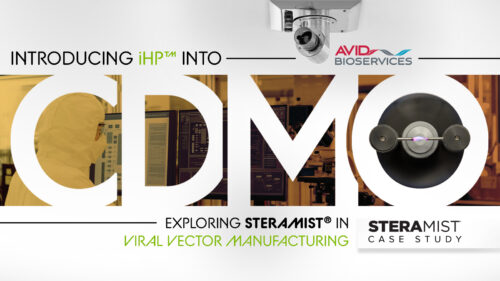Exploring the Significance of Indoor Air Quality
Stop to think about the air you’re breathing right now. Do you know if you are breathing “healthy air”? How is the air in your home, your office, or the commercial spaces we visit every day? According to the EPA, we spend about 90% of our time indoors1. Realizing this, it is not hard to believe that the air we breathe—the indoor air quality (IAQ)—stands as a critical determinant of our well-being and can significantly impact our health, comfort, and productivity.
Understanding Indoor Air Quality (IAQ)
In our indoor spaces, a multitude of pollutants reside, spanning from microbial contaminants like mold, bacteria, and viruses to gases such as carbon monoxide, radon, and volatile organic compounds (VOCs), as well as particulate matter and allergens. Despite the absence of comprehensive regulatory standards, entities such as the Environmental Protection Agency (EPA), the Occupational Safety and Health Administration (OSHA), the World Health Organization (WHO), and the American Society of Heating, Refrigerating, and Air Conditioning Engineers (ASHRAE) provide guidelines for maintaining acceptable IAQ levels.1,2,3,4,5,6
Microbial Contaminants and VOCs Impacts Air Quality and Health
Microbial contaminants pose a substantial threat to IAQ and human health, encompassing mold, mildew, bacteria, viruses, and allergens like animal dander and pollen2. Their minute size enables them to infiltrate our respiratory systems, leading to various health complications. However, proactive measures such as routine cleaning, disinfecting, and regulating humidity levels within the recommended range of 30-50% can support healthy indoor air quality.
Furthermore, volatile organic compounds (VOCs) present another facet of IAQ concern. These compounds, commonly found in everyday items such as paints, cleaners, and furnishings, contribute significantly to indoor air pollution.3
What We Measure We Can Manage
Monitoring indoor air quality through the use of IAQ monitors enables us to cultivate healthier environments in both our residential and professional settings. Whether through professional consultations or the utilization of IAQ monitors capable of measuring CO2, VOCs, and particulates, we gain invaluable insights into enhancing IAQ. Moreover, these monitors allow us to observe how our behaviors directly influence IAQ, empowering us to make informed decisions that positively impact air quality.
A Clean and Disinfected Environment Promotes a Healthy Environment
Maintaining a clean and disinfected indoor environment is crucial for ensuring optimal indoor air quality (IAQ). However, using the wrong cleaning and disinfection products can inadvertently introduce harmful chemicals and volatile organic compounds (VOCs) into the air, exacerbating respiratory issues and contributing to indoor air pollution. Traditional cleaners, commonly containing harsh chemicals, pose such risks. In contrast, hydrogen peroxide (H2O2) offers an effective alternative. H2O2 breaks down into harmless substances water in the form of humidity and oxygen after use, minimizing the risk of VOC emissions and promoting a healthier indoor environment. By opting for safer cleaning and disinfection solutions like hydrogen peroxide, we can protect both human health and IAQ, ensuring that the air we breathe remains clean and fresh. Furthermore, advancements in disinfection technologies, such as SteraMist iHP disinfection, play a pivotal role in enhancing IAQ. This innovative solution offers unsurpassed effectiveness in microorganism eradication, presenting a promising avenue for bolstering indoor air quality without compromising safety.
In essence, the significance of IAQ cannot be overstated. As we embark on the journey toward healthier indoor environments, prioritizing comprehensive understanding, proactive measures, and innovative solutions stands paramount for safeguarding human health and well-being.
Did you know?
SteraMist was invented and proven to neutralize chemical and biological warfare agents in the air stream of HVAC systems without the need for specialty filters that have high operating costs. Due to the fact SteraMist neutralizes, rather than simply traps agents, there is no secondary cleanup and disposal. Hydrogen peroxide is a relatively benign compound, and extensive material compatibility studies were conducted to determine if there are any long-term effects that may pose a threat to the HVAC system. Test results showed that even under the most extreme operating conditions, running 24/7, no significant material damage would be seen in the lifetime of the HVAC system. Interested in learning more? Contact us today, and discover SteraMist Innovations and how SteraMist iHP can revolutionize indoor environments.
Written by: Patty Olinger, JM | Sr. Advisor



